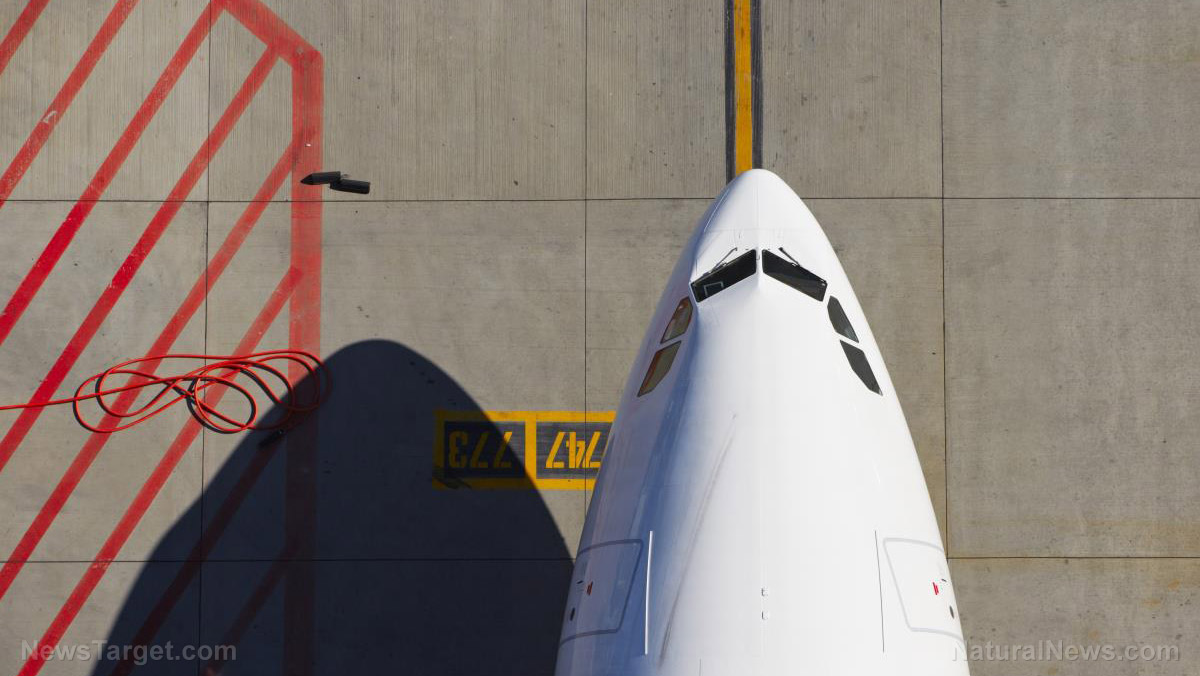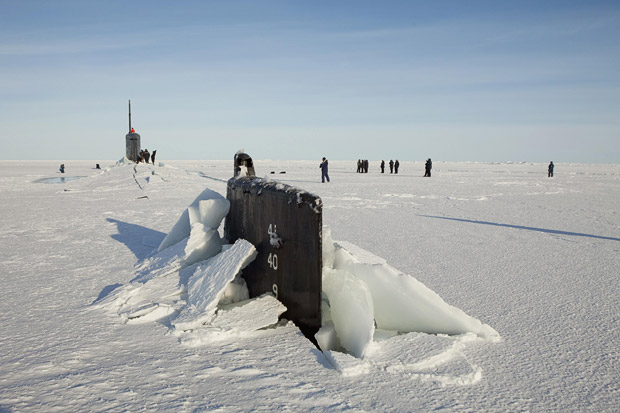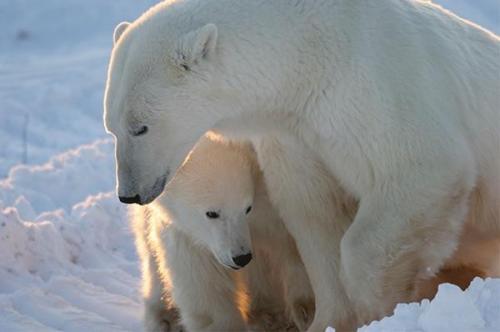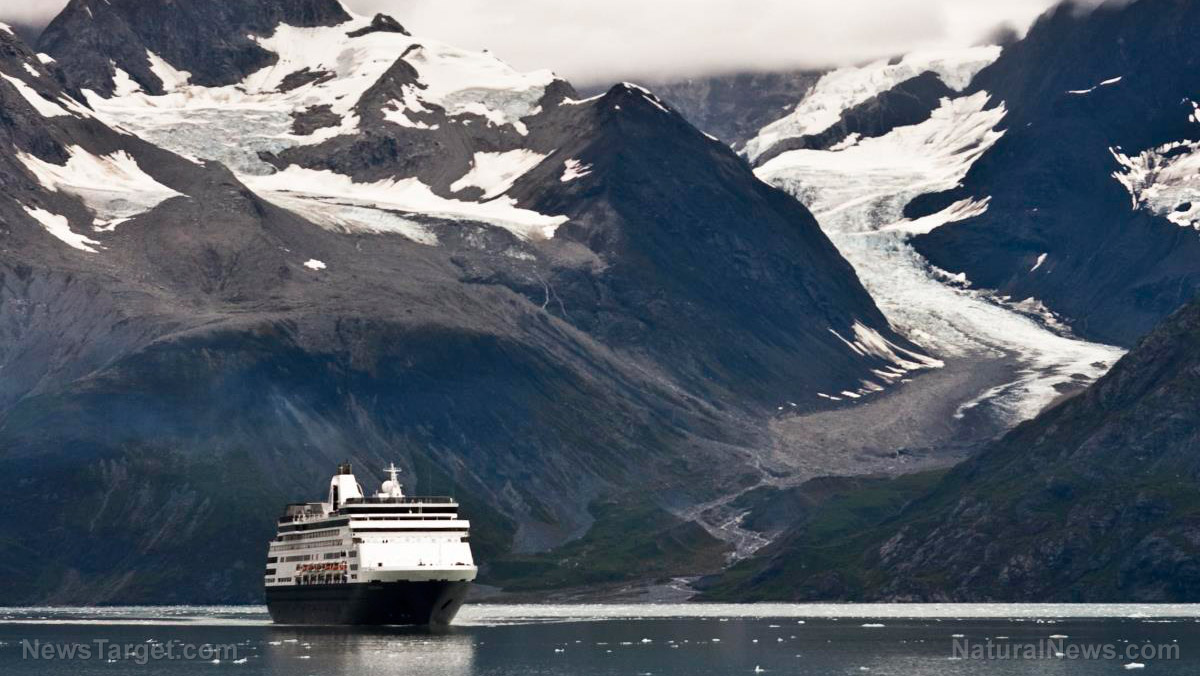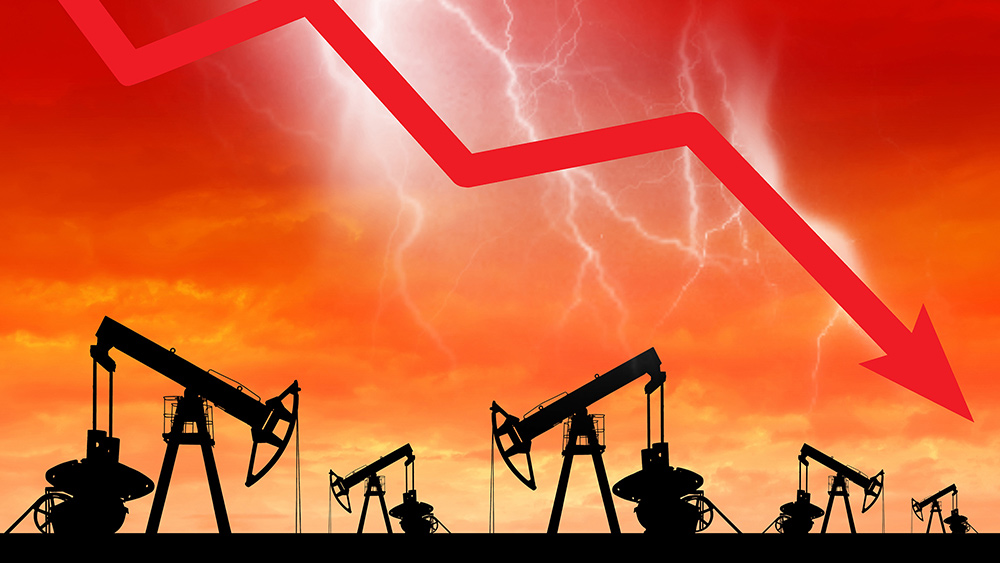
Crude oil production in Alaska has fallen to its lowest level of production in 44 years.
According to the Energy Information Administration (EIA), a statistical office that collects, analyzes and disseminates data for the government regarding the country's energy sector, crude oil production in Alaska averaged around 448,000 barrels per day in 2020. This is the lowest level of production in the state since 1976.
Alaskan oil production peaked at more than two million barrels per day in 1988. Last year's production represented less than 75 percent of what the state made during its peak.
The EIA says production in Alaska has been declining almost every year since the 1988 peak as the oil fields in the state have matured. In addition, the annual decrease of four percent in 2020 was part of a larger decline in oil production not just in Alaska but in the rest of the United States.
Despite its continued downturn in production, the oil industry is still the largest contributor to Alaska's economy. The state relies on the revenue generated from sales in the oil and natural gas industries, and oil revenues provided more than two-thirds of the state's budget in 2020.
Alaskan oil industry still recovering from pandemic
The Alaskan oil industry took an unprecedented hit during the height of the Wuhan coronavirus (COVID-19) pandemic last year. Today, while the price of crude oil from the state's North Slope region has largely recovered, the workforce has yet to bounce back from the pandemic.
The number of people working in Alaska's oil and gas industry has been falling steadily since the start of the pandemic. In Feb. 2020, right before the U.S. went into its lockdown, there were around 10,200 oil and gas jobs in Alaska. Since then, the industry has shed nearly 40 percent of their workforces.
According to the Alaska Department of Labor and Workforce Development (DOLWD), as of March 2021, approximately 6,300 people were employed in the state's oil and gas sectors. This is in line with the numbers from February, but there is no indication that the declining trend that has persisted since the start of the pandemic is reversing. (Related: Coronavirus sinks global oil markets with no bottom in sight.)
Alaska Oil and Gas Association President and CEO Kara Moriarty said that the oil companies in the association would love to expand their workforce to pre-pandemic levels, but she pointed out that the trend in Alaska is occurring all across the country.
The national oil and gas industry peaked at nearly 199,000 direct jobs in 2015. For the first quarter of 2021, only around 133,000 jobs remain, representing a one-third drop in employment.
"When you have a price fall like we have from 2014 to today, the companies just don't have as much money to spend and it does force efficiencies and you just can't drill as many wells when prices are where they're at today compared to 2014," said Moriarty.
Neal Fried, a labor economist and analyst for the DOLWD, explained that the price of oil was the best indicator for whether the industry was going to expand or contract even further.
The price of Alaskan crude oil stood at $66.62 per barrel on April 19. It has remained steady at over $60 per barrel since early February – what it used to cost before the pandemic. But this is still far from the $100 per barrel it used to cost early in the 2010s.
This means that, unless the price of Alaskan crude oil suddenly surges, it is unlikely the industry will take back much of the workforce it lost last year.
The loss of jobs in the oil industry is also affecting other sectors of Alaska's economy. CEO Rebecca Logan of the Alaska Support Industry Alliance said the support industry in the state is also contracting due to the lack of work from the oil and gas industry.
"It impacts everyone in one way or another," said Logan. The support industry employs thousands of electricians, engineers, caterers, communication workers, construction workers, bankers, teachers and more to support the oil and gas workers and their families.
"You had work stop when oil just hit rock bottom and went below zero [last April]. That was the death knell and we haven't recovered from that."
Learn more about how the coronavirus pandemic has affected state economies at MarketCrash.news.
Sources include:
Please contact us for more information.















